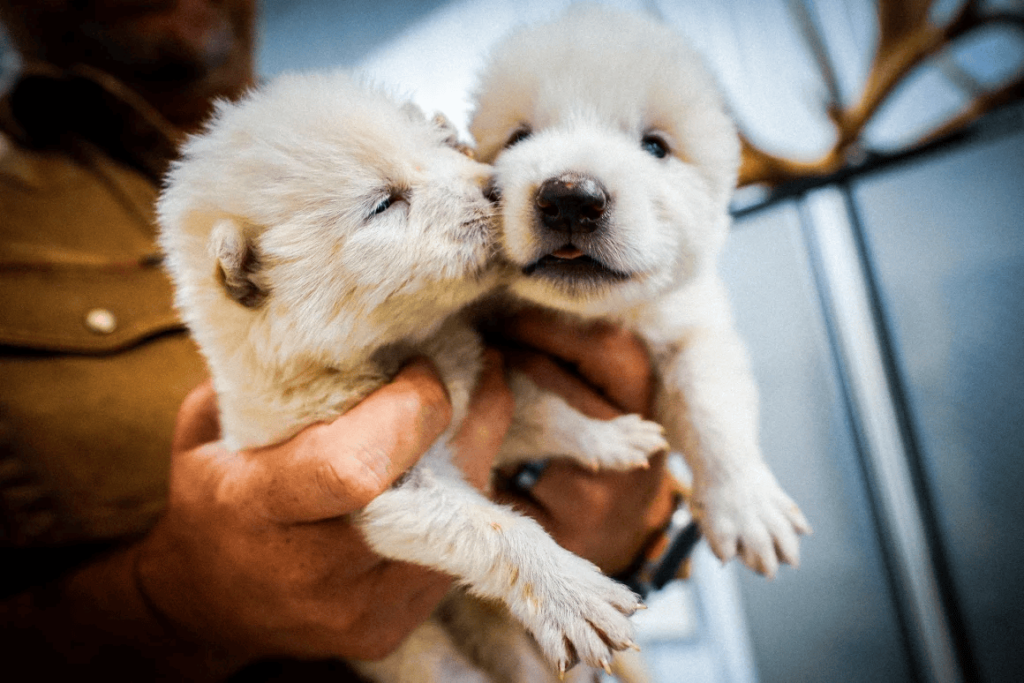For the first time in over 12,000 years, dire wolves—iconic Ice Age predators—are alive again, thanks to groundbreaking work by Colossal Biosciences. The Texas-based biotech firm announced the successful birth of three dire wolf pups created through advanced cloning and gene-editing techniques.
Using ancient DNA extracted from a 13,000-year-old tooth and a 72,000-year-old skull, Colossal’s scientists edited the genes of gray wolves—dire wolves’ closest living relatives—to recreate key traits such as thicker fur, wider jaws, and distinct skull shapes. The result is what the company describes as a “functional copy” of the extinct species.
Born between October 2024 and January 2025, the pups are being raised at a closely guarded 2,000-acre facility, monitored with high security and approved by the USDA and the American Humane Society.
The dire wolf project marks a major milestone in the field of de-extinction. While Colossal has previously announced efforts to bring back species like the woolly mammoth and dodo, this is the first public success story. CEO Ben Lamm called it proof that their de-extinction technology is viable.
Colossal’s chief science officer, Beth Shapiro, emphasized that their goal isn’t to clone species with 100% genetic accuracy, but rather to recreate functional versions that mirror extinct animals in appearance and behavior. The dire wolf genome, reconstructed from fossil DNA, was 99.5% identical to that of gray wolves. Scientists identified and edited 20 key genetic variants associated with dire wolf traits before implanting the modified embryos into domestic dog surrogates.
Experts call the achievement a “huge leap” in genetic research, though some debate whether the resulting animals qualify as true dire wolves. Critics argue that while these pups resemble the ancient species, they are hybrids, not exact replicas.
Beyond reviving extinct creatures, Colossal says the technology can help endangered species. They have already applied the same cloning techniques to breed red wolves—one of the rarest canids on the planet—and believe it could help restore genetic diversity in struggling populations.
Despite the achievement, questions remain about the future of these recreated species. Critics point to ethical concerns, the unpredictable effects of gene edits, and whether these animals can—or should—ever be reintroduced into the wild.
Still, scientists like Shapiro defend the work as a major step toward preserving biodiversity and understanding extinct ecosystems. “It’s not about bringing back the past,” she said. “It’s about learning how to better protect the future.”











More Stories
SpaceX Achieves Successful Starship Launch in Dramatic Comeback
‘China’s Hawaii’ Hit by the Strongest Typhoon in a Decade
A dinosaur skeleton sets a new auction record, selling for $44.6 million